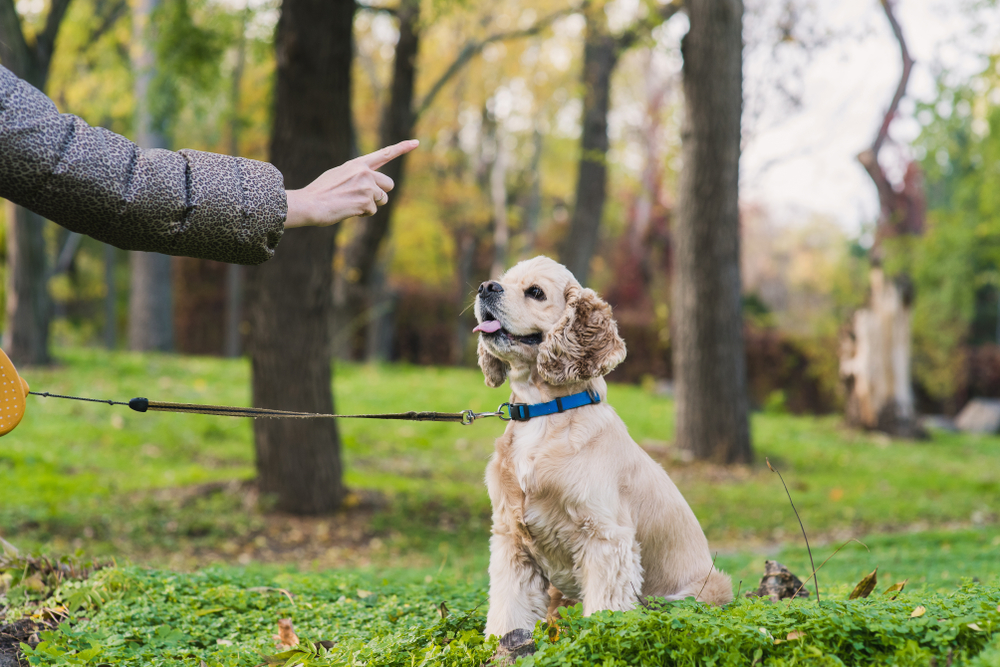Common Mistakes to Avoid in Puppy Training and How to Correct Them
Common Mistakes to Avoid in Puppy Training and How to Correct Them
Blog Article
Top Pup Educating Strategies to Make Sure a Well-Behaved Animal
Effective pup training is vital for growing a well-behaved friend, and different techniques can considerably affect a dog's development. As we discover these methods additionally, it ends up being clear that the success of puppy training pivots on a mix of methods that can transform your pet dog's habits in impressive means.
Favorable Support Techniques
Making use of favorable support techniques is vital for reliable pup training, as it urges wanted actions through benefits instead of penalty. This method takes advantage of the natural learning procedures of dogs, enhancing etiquette by offering substantial and immediate incentives, such as treats, appreciation, or playtime. By connecting positive end results with particular activities, pups are much more most likely to duplicate those actions in the future.
Benefits must be offered promptly after the wanted actions takes place to produce a clear connection in the pup's mind. In addition, varying the types of incentives can maintain a puppy's rate of interest and inspiration throughout the training procedure.

Uniformity in Training Commands
Preserving uniformity in training commands is essential for enhancing the lessons found out through positive support techniques. Pets thrive on regular and predictability, so using the same spoken commands and hand signals for details behaviors is essential. This harmony assists young puppies comprehend what is anticipated of them, decreasing complication and stress for both the instructor and the family pet.

Timing also plays a considerable duty in uniformity. Commands must be delivered quickly during training sessions and adhered to promptly by positive support, such as treats or praise. This immediate action helps solidify the association between the command and the preferred behavior.
Including consistency right into training sessions will certainly produce a stable knowing atmosphere, advertising quicker proficiency of commands. Ultimately, a well-structured approach fosters a solid bond between the pup and its owner, leading to a much more obedient and mannerly pet dog.
Socialization With Various Other Pet Dogs
Socialization with other animals is vital for a young puppy's development, as it aids them find out ideal behaviors and communication abilities in varied social contexts. Very early interactions with different animals can dramatically affect a puppy's personality and adaptability in different scenarios. When young puppies are revealed to a selection of family pets, they become much more confident and much less afraid, which can avoid potential behavior problems later on click site in life.

Show your pup to recognize signals from various other pets, such as indications of playfulness or discomfort, fostering shared regard and understanding. Regular socialization not just enhances your puppy's social skills but also contributes to their overall well-being, creating a more unified living setting.
Dog Crate Training Conveniences
Identifying the numerous advantages of crate training can substantially enhance both the young puppy's and proprietor's experience. Crate training offers a safe and protected environment for young puppies, ensuring they feel shielded when laid off. This feeling of security can significantly reduce stress and anxiety and anxiety levels for both the pet and the proprietor.
Additionally, crates work as an important house-training device. Puppies naturally stay clear of dirtying their resting area, thus motivating them to hold their bladder up until they are allow outdoors. This instinct can accelerate the housebreaking process, fostering great practices early on.
When not being watched,Crate training also helps in handling a pup's behavior - puppy training. By giving a designated space, owners can prevent harmful actions, such as chewing on furnishings or obtaining into dangerous compounds. Pet crates can be helpful during travel, offering a familiar area that can assist calm a puppy in new atmospheres.
Last but not least, developing a dog crate routine encourages independence, permitting puppies to learn just how to be alone without concern. On the whole, cage training is an efficient technique for advertising serenity, safety, and self-control, causing a well-adjusted, well-behaved family pet.
Chain Training Fundamentals
Leash training is a basic element of responsible family pet possession that makes certain a satisfying and secure strolling experience for both the pup and its owner. Appropriate leash training begins early, preferably during the pup's socializing duration. helpful site When out in public., this training assists develop great behaviors and promotes positive habits.
To begin, pick a comfortable collar or harness that fits your young puppy well. Attach a sturdy leash, guaranteeing it is not also long, as this can result in pulling and unpredictable actions. Beginning in a peaceful environment to decrease interruptions and slowly present your puppy to new surroundings.
Use favorable reinforcement techniques, such as treats and praise, to urge your pup to walk close to you. If your young puppy pulls, quit walking and wait for them to return to your side prior to continuing.
Furthermore, incorporate brief training sessions with fun interruptions to develop your puppy's focus. With devotion and persistence, chain training will lead to an accommodating companion, making strolls satisfying for both the owner and the pup.
Conclusion
In final thought, utilizing reliable puppy training methods is crucial for developing a mannerly pet. On the whole, these approaches jointly advertise a harmonious relationship between young puppies and their proprietors.
As we discover these techniques additionally, it ends up being clear that the success of pup training pivots on a combination of methods that can change your pet dog's actions in remarkable methods.
Using positive support methods is crucial for efficient puppy training, as it urges wanted habits with benefits rather than penalty.Crate training additionally aids in taking care of a puppy's behavior when not being watched.Leash training is a fundamental facet of accountable family pet ownership that makes certain a pleasurable and risk-free strolling experience for both the puppy and its proprietor.In final thought, utilizing effective pup training techniques is vital for developing a well-behaved pet dog.
Report this page